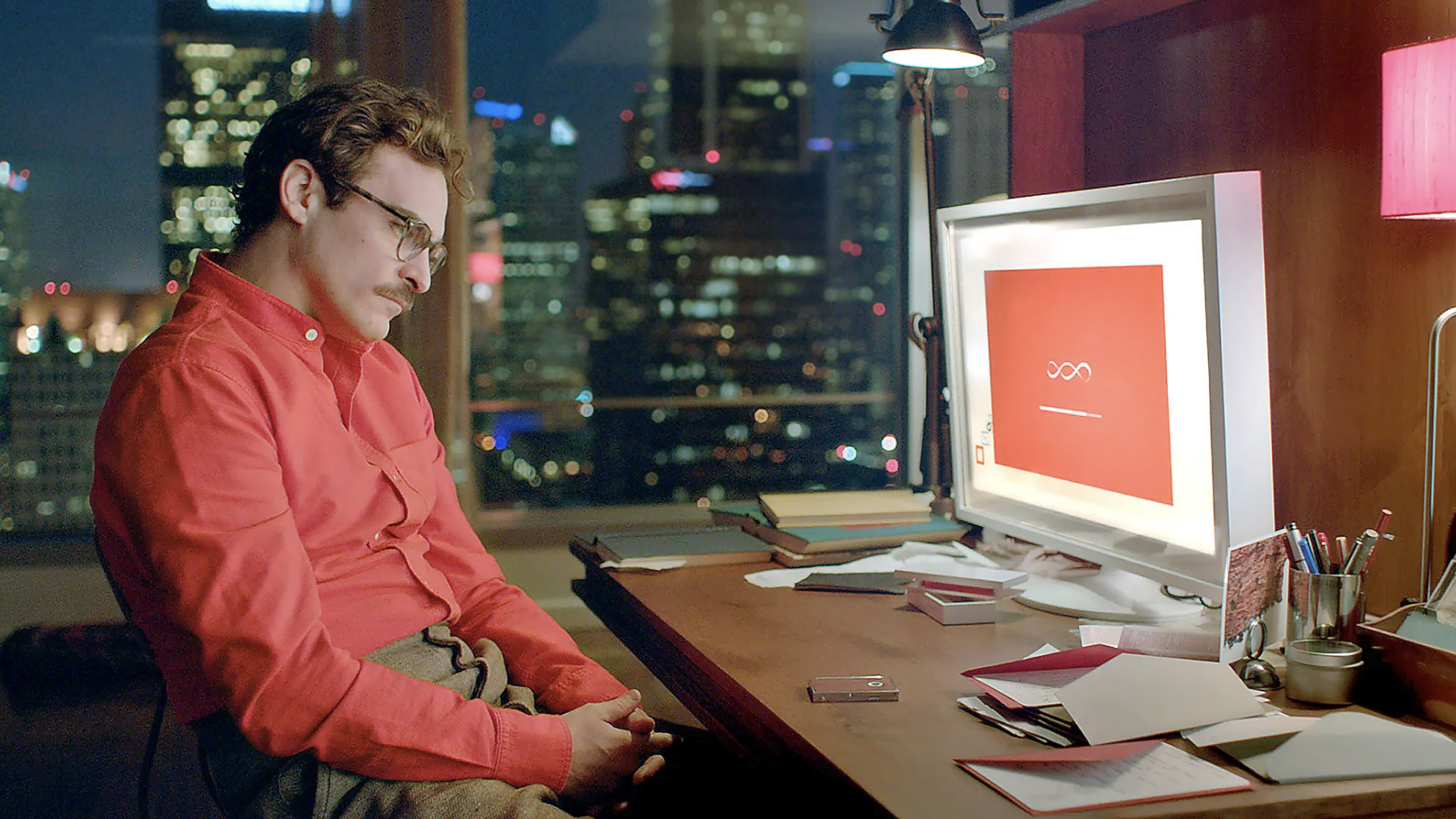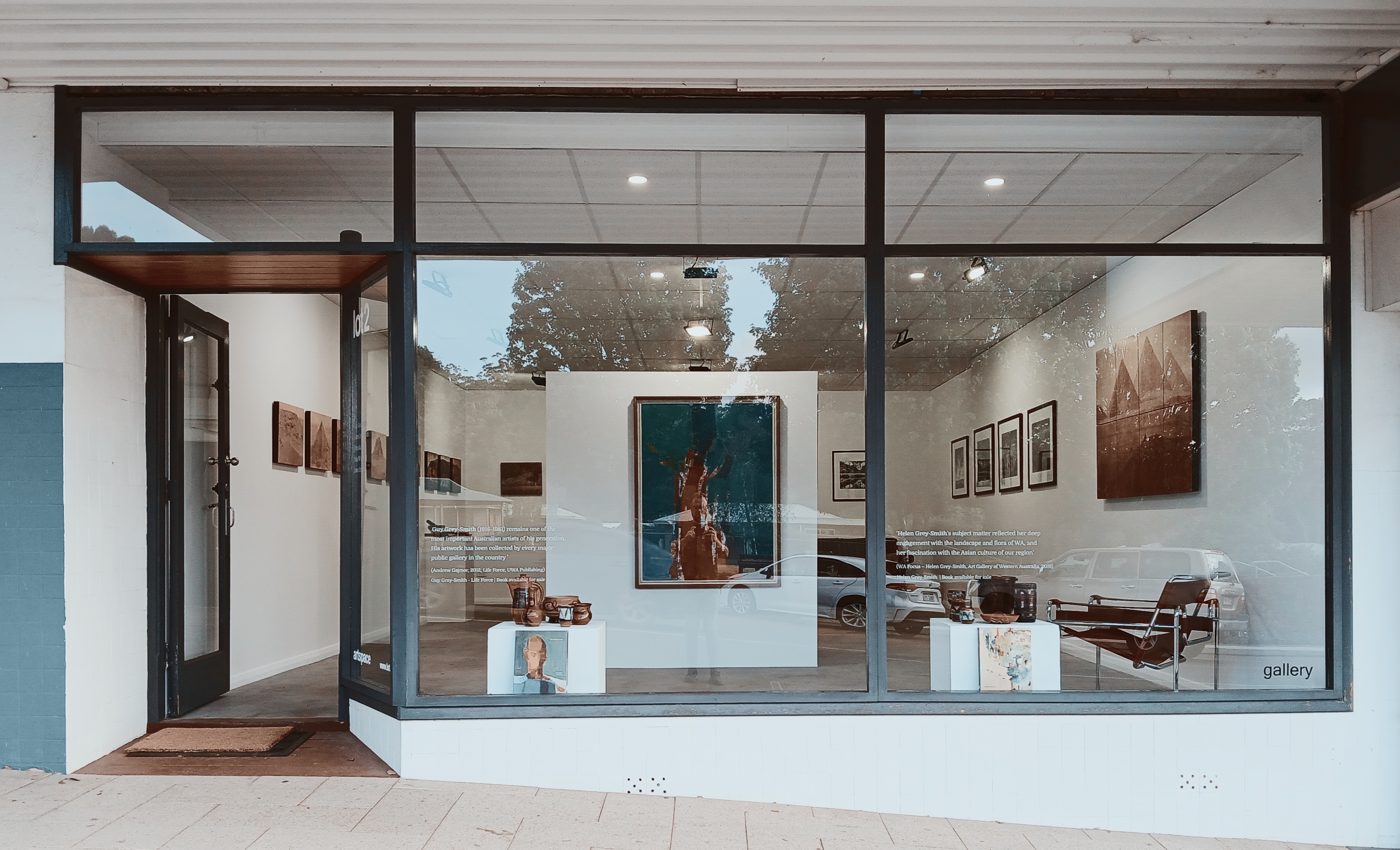These case studies showcase how strategic design thinking prevents costly failures and drives measurable business outcomes.
From preventing a $40 million market entry disaster through cultural insight research to developing AI strategies that outperformed Facebook and Google by 4x, each project demonstrates the power of putting users at the center of digital strategy.

This case study demonstrates the application of "See the Unseen" research methodology to AI as a problem space.
The research was commissioned for an AI startup that had developed significant technical capability but lacked focus on UX/UI design.
The goal was to create a world-leading design strategy that rethinks how we design interfaces for AI applications, moving beyond developer-driven implementations to truly user-centered design.
The research insights here are not the 'truth', however contain some high level insights that may be useful for the development of AI design strategies.
A $40,000 research investment saved an estimated $40 million by revealing that the company's successful Australian product model would have failed in the US market due to fundamental cultural differences in gifting behaviours and values.
View Case Study

The current structure risked overwhelming users with too many top-level options, potentially leading to:
Increased cognitive load
User frustration and confusion
Lost leads and conversions
Damage to brand equity
With the dramatic increase in mobile and tablet traffic, what had worked on desktop was creating frustration and abandonment on smaller screens.
The company needed a comprehensive analysis of their mobile user experience to identify exactly where users were getting stuck, frustrated, or simply giving up.
More importantly, they needed actionable solutions that their development team could implement to fix the most critical barriers to conversion.

Based in Pemberton's historic main street, Grey-Smith operates from Lot 2 Artspace—a contemporary gallery featuring national and international artists from the modernist tradition, including works by Picasso, Renoir, and Braque alongside the Grey-Smith family legacy.

We provide senior design leadership for organisations ready to embrace user-centered thinking.
This includes mentoring internal teams, establishing design processes, and leading strategic design initiatives for both commercial enterprises and community organisations. Our goal is to build design capability that continues to deliver value long after our engagement ends.
Our user-centered design approach puts real people at the heart of every digital experience. Through comprehensive research, testing, and iterative design, we create intuitive interfaces that users love and businesses benefit from.
We uncover the insights that drive successful products, from understanding user behaviours through in-depth interviews to validating design concepts before development begins.
Your visual identity should authentically represent the quality and values of your business.
We create cohesive brand systems that work across every touchpoint, from distinctive logos to comprehensive guidelines that ensure consistency. Our collaborative process uncovers what makes your business unique and translates that into visual elements that resonate with your ideal customers and make you instantly recognisable.
We design and build websites that truly represent your business quality online. Our approach combines strategic thinking with beautiful design, ensuring your digital presence not only looks professional but performs effectively for your business goals. Every website is crafted to provide an excellent user experience while supporting your growth objectives.
Our revolutionary research methodology allows you to test digital products and strategies with real market participants before you invest in development. By validating concepts early, you can pivot strategies, build stakeholder confidence, and dramatically reduce the 70-90% failure rates common in digital projects. Think of it as a flight simulator for your digital initiatives - practice the risky parts safely before launch.